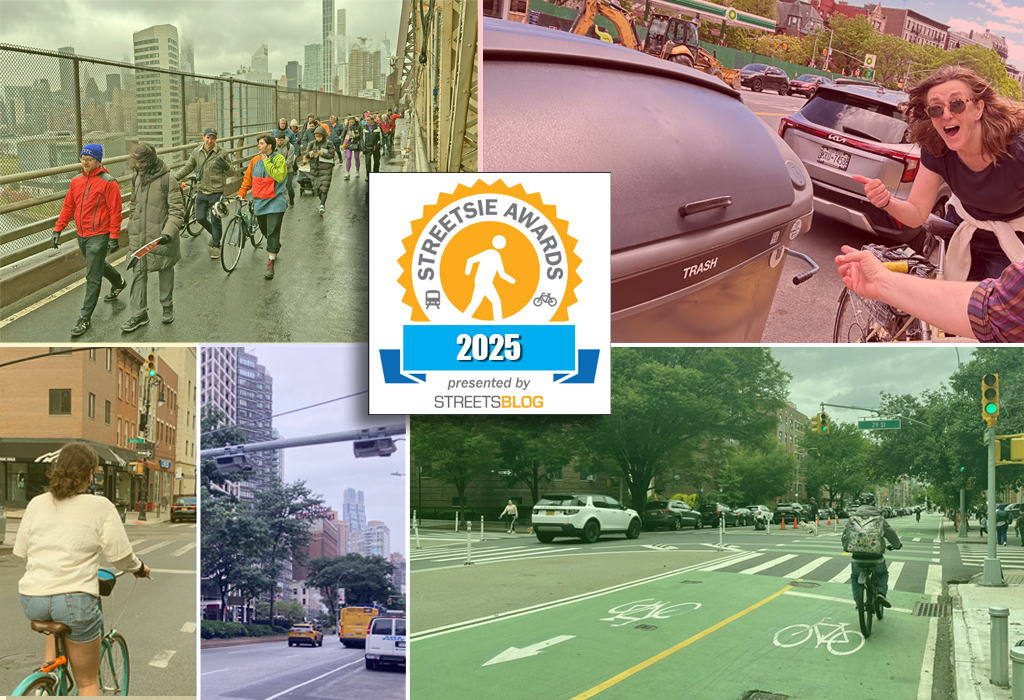
Pricing could un-block the box for buses, and then some.
In an op-ed published yesterday in Metro, MTA chief Lee Sander emphasized the connection between congestion pricing and
improved subway and bus service, which polls continue to suggest is the key to securing public support. Sander's piece joins reports that officials are working on plans to create a transit "lock box" for pricing revenue.
Making his case, Sander brought to the surface an idea that's been percolating among policy experts for some time: the "virtuous cycle."
[Congestion pricing] would speed trips for bus riders and make each bus less expensive to operate. Right now, when MTA buses are stuck idling in traffic, we must spend money on excess fuel and overtime for drivers. By decongesting the streets not just in Manhattan but throughout the city, as commuters from all the boroughs leave their cars at home congestion pricing would make travel times for bus riders faster. That leads to a virtuous cycle. As traffic is reduced, buses become faster. Faster buses attract more riders out of their cars, which reduces traffic further.
Transportation Alternatives director Paul Steely White introduced this concept to New Yorkers last May on the DMI Blog, noting that pricing will improve bus commutes right away:
In removing many of the cars that block buses, and by making it easier to reprogram car lanes into bus lanes (such as the new bus lanes proposed for the Queensboro and Williamsburg bridges), the bus boosting benefits of congestion pricing will be felt immediately. What's more, speedier buses, as in London [pdf], will set off a "virtuous cycle" of less driving and more bus ridership leading to decreased bus operation costs per rider and in turn encouraging more service, lower fares, more bus riders and fewer drivers getting in their way.
The paper White linked to -- Kenneth Small's "Unnoticed Lessons from London: Road Pricing and Public Transit" (download it) -- provides a rigorous academic explanation of the virtuous cycle effect. In a piece of tantalizing extrapolation, Small projects the effect of congestion pricing on bus ridership in a typical American city:
Ridership goes up 31 percent and average user cost falls more than 100 percent of the initial fare. Fares can bereduced 26 percent, despite a 21 percent increase in service whose fares cover less than average cost; these reduced fares are possible because of higher bus occupancy (due to patronage rising faster than vehicle-miles) and lower driver costs (due to faster trips).
Photo: joeaverage/Flickr





